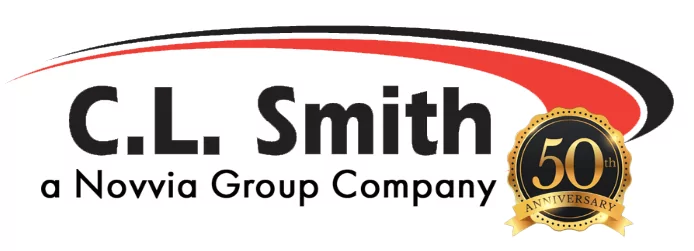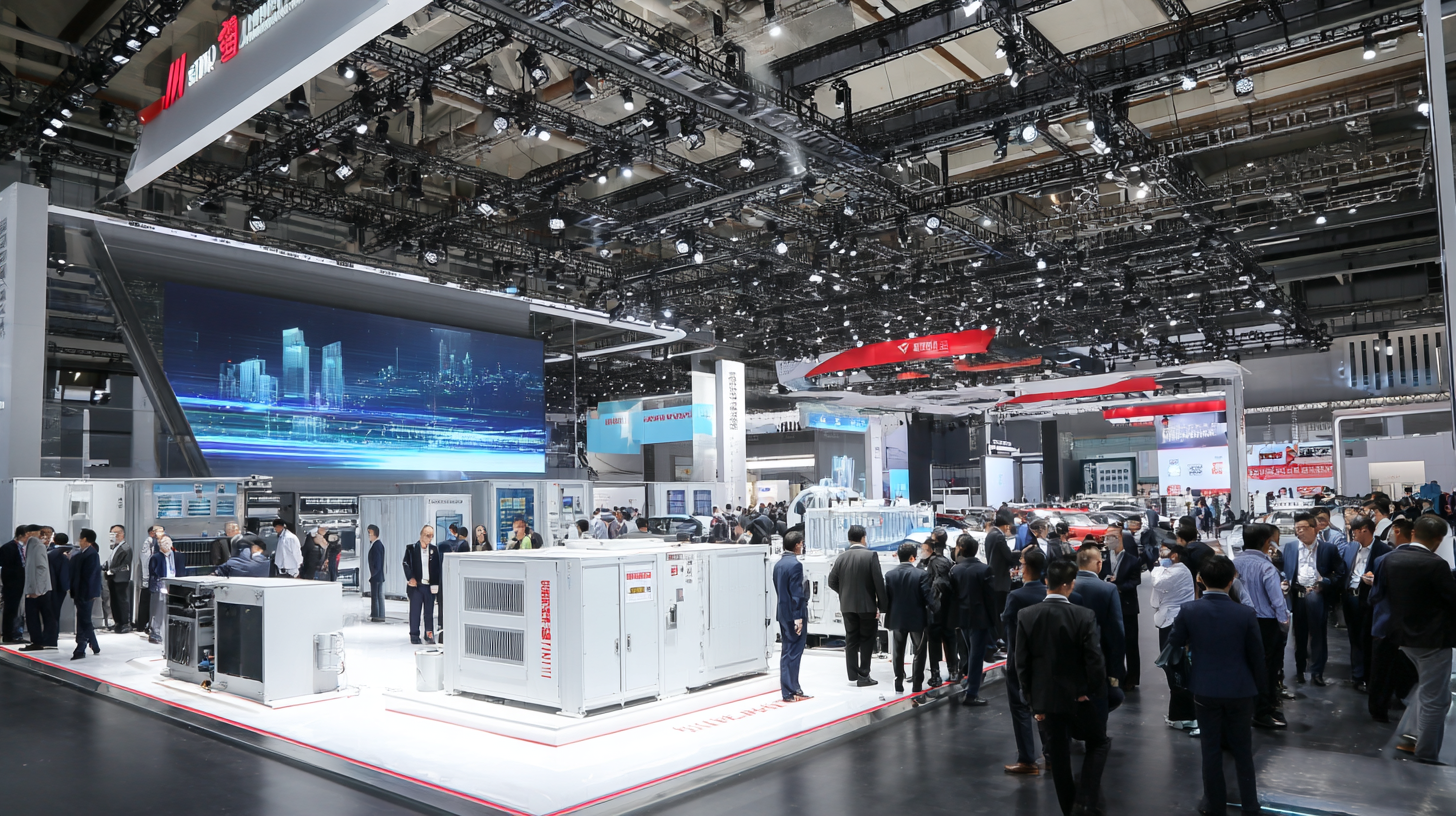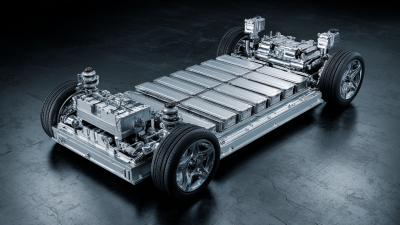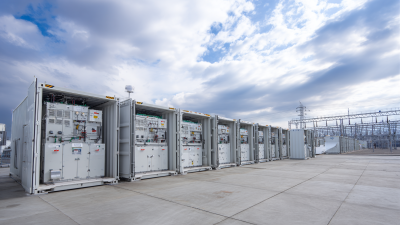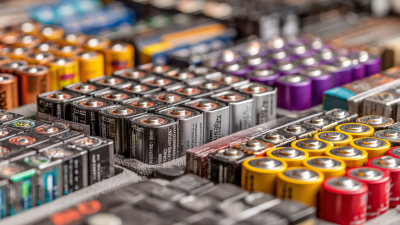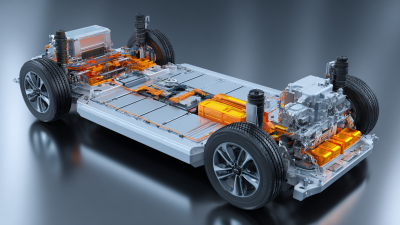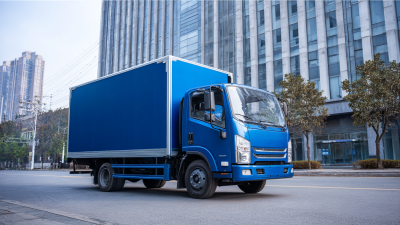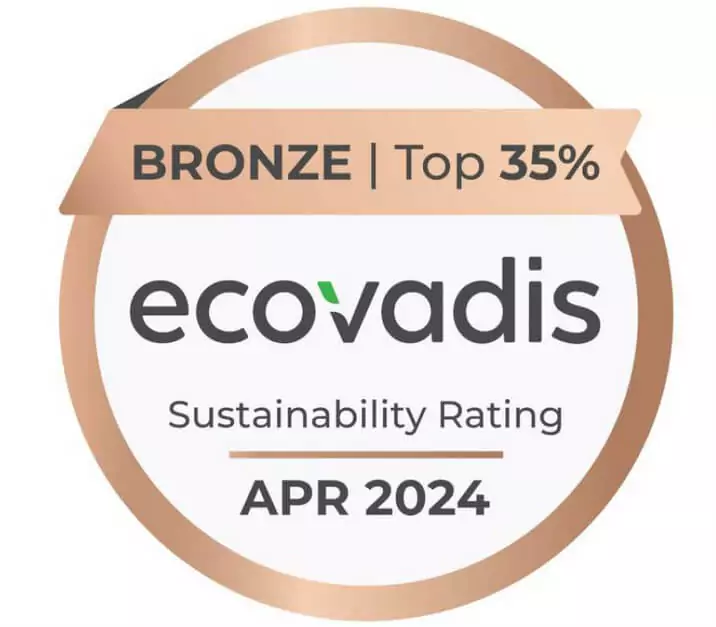Exploring the Future of Lithium Big Battery Solutions at 2025 China Import and Export Fair
As the world increasingly shifts towards sustainable energy solutions, lithium big batteries have emerged as a critical technology in meeting future energy demands. The upcoming 2025 China Import and Export Fair (Canton Fair) will serve as a vital platform for exploring advancements in this field. According to a recent report by Market Research Future, the global lithium battery market is projected to reach USD 100 billion by 2025, growing at a compound annual growth rate (CAGR) of over 20%. This robust growth is driven by the rise in electric vehicle adoption and renewable energy storage needs, prompting stakeholders to innovate and invest in lithium big battery solutions. At the fair, industry leaders and innovators will gather to showcase cutting-edge technologies and foster collaborations aimed at shaping the future of energy storage, ensuring a cleaner and more efficient energy landscape for generations to come.

Innovations in Lithium Battery Technology: Key Trends and Developments for 2025
As we approach 2025, several key trends and innovations are reshaping the lithium battery landscape, particularly in response to the escalating demand for electric vehicles (EVs) and sustainable energy solutions. A crucial development is the emphasis on advanced lithium-ion technologies that promise not only increased energy density but also improved efficiency and longevity. This evolution is essential for meeting the sustainable energy goals set forth by global regulations and consumer preferences. The construction of EV battery plants is thriving, fueled by the robust growth of the electric vehicle market, which is anticipated to witness unprecedented demand.
Additionally, junior lithium mining companies are spearheading innovative approaches to sustainable extraction methods, ensuring that the environmental impact remains minimal while meeting soaring global lithium requirements. This is particularly significant as the transition to renewable energy sources creates heightened competition among battery manufacturers. In parallel, China's strategic advancements in battery technology position it at the forefront of the global battery race, fostering partnerships and investments that underline its commitment to enhancing lithium battery solutions for the future.
As these trends unfold, they will likely redefine the energy landscape, driving forward the sustainability agenda and securing a cleaner, greener future.
Market Demand for Lithium Big Batteries: Opportunities and Challenges Ahead
The demand for lithium big batteries is poised for significant growth as various industries shift towards sustainable energy solutions. According to a report from the International Energy Agency (IEA), global sales of electric vehicles (EVs) surged to over 6.6 million units in 2021, a trend that is expected to intensify in the coming years. With the transition to greener technologies, the lithium-ion battery market is projected to grow from $44 billion in 2020 to nearly $100 billion by 2025, representing a compound annual growth rate (CAGR) of around 18%. This escalating demand presents both opportunities and challenges for manufacturers within the lithium battery sector.
However, despite the optimistic growth projections, the lithium industry faces notable hurdles. Supply chain disruptions and raw material shortages have been cited as significant challenges. A report from BloombergNEF highlighted that to meet the anticipated demand, lithium production would need to triple by 2030. Moreover, issues surrounding environmental impacts and recycling processes for used batteries also pose obstacles. Addressing these challenges will be crucial for stakeholders looking to capitalize on the booming lithium big battery market and ensuring a sustainable future for energy storage solutions.
Sustainability Practices in Lithium Battery Production and Recycling
As we look towards the future of lithium battery solutions, sustainability in production and recycling emerges as a critical focus. The global shift towards green energy has resulted in increased demand for lithium batteries, with projections indicating that the precursor material market is expected to reach approximately $790.52 million by 2025, growing at a compound annual growth rate (CAGR) of 25.61% through 2033. This robust growth underscores the importance of adopting eco-friendly practices in lithium battery manufacturing processes to mitigate environmental impacts.
Sustainable practices in lithium battery production involve utilizing renewable materials and energy sources, reducing waste, and minimizing carbon footprints. Innovations in recycling technologies also play a vital role in fostering sustainability. Efficient recycling methods can recover valuable materials like lithium, cobalt, and nickel, significantly decreasing the need for new raw materials and reducing overall environmental degradation. Industry reports highlight that improving recycling efficiency could enhance the circular economy in the battery sector, ensuring that resources are utilized effectively and sustainably throughout the product lifecycle. As the industry evolves, the commitment to sustainability will not only benefit the environment but also enhance the economic viability of lithium battery solutions.
Exploring the Future of Lithium Big Battery Solutions
Collaborative Efforts: Industry Partnerships Driving Lithium Battery Advancements
As the demand for energy storage solutions continues to rise, partnerships within the lithium battery industry have become increasingly important. Industry leaders are collaborating to enhance battery technology, focusing on efficiency and sustainability. According to a report by Allied Market Research, the global lithium-ion battery market is projected to reach $129.3 billion by 2027, growing at a compound annual growth rate (CAGR) of 17.5% from 2020. This growth is driven by advancements in battery chemistry and production techniques, spearheaded by collaborative ventures between manufacturers, research institutions, and tech companies.
In addition to enhancing product performance, these partnerships are also addressing environmental concerns associated with lithium extraction and battery disposal. A recent study by the International Energy Agency highlights that improving recycling processes could recover up to 90% of lithium, cobalt, and nickel from used batteries. Collaborative initiatives, such as the Lithium Ion Battery Recycling R&D program, aim to innovate sustainable practices in the supply chain, making the future of lithium battery solutions not only economically viable but environmentally responsible as well. As the 2025 China Import and Export Fair approaches, the spotlight will be on these collaborations that are shaping the future of energy storage technology.
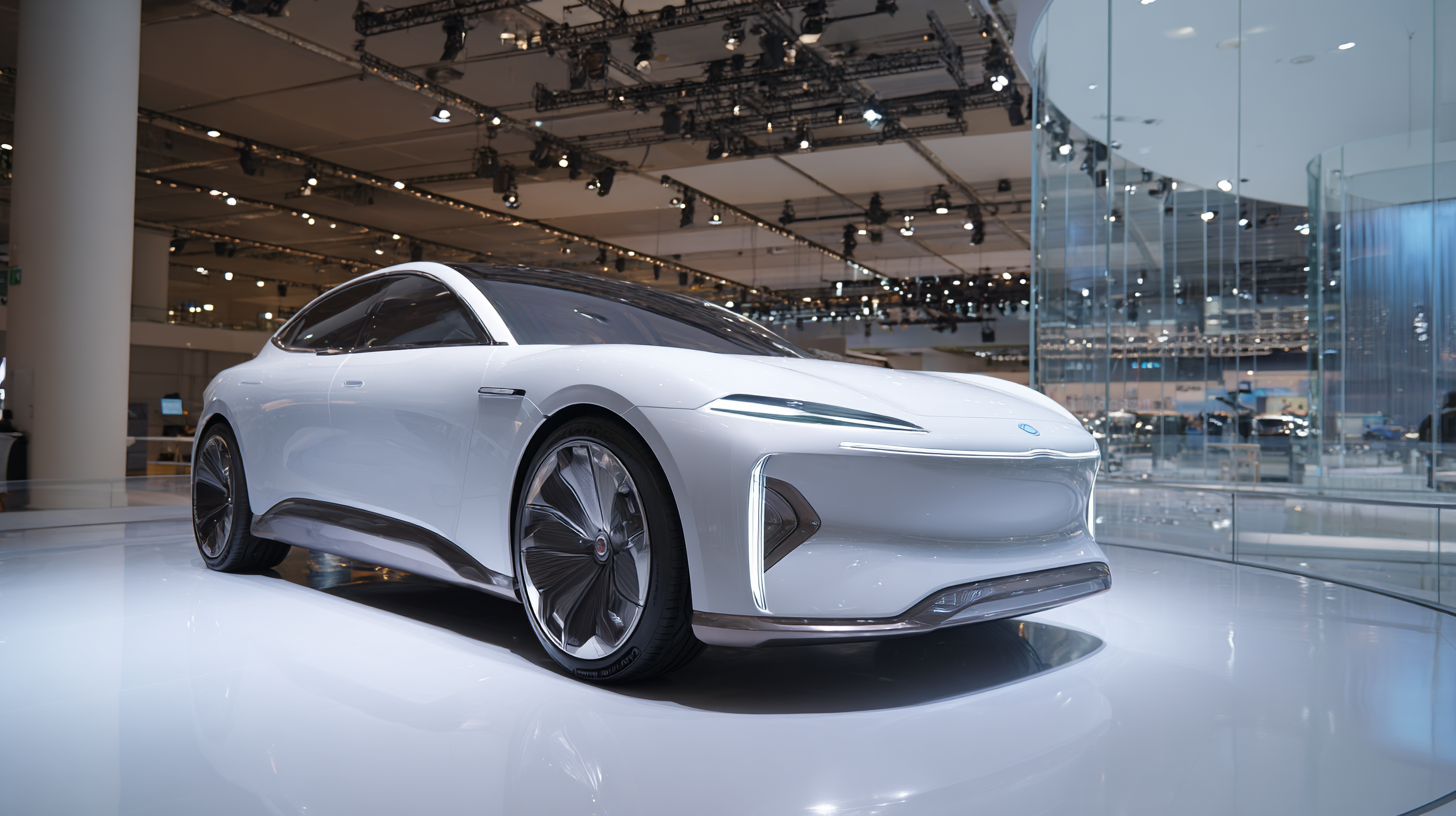
Future Applications of Lithium Big Batteries in Renewable Energy and Electric Mobility
As we look ahead to the 2025 China Import and Export Fair, the focus on lithium big battery solutions emerges as a crucial element in advancing renewable energy and electric mobility. The global energy storage market is projected to grow significantly, with estimates predicting a value of $668.7 billion in 2024, surging to $5.12 trillion by 2034. This dramatic increase is fueled by the integration of renewable energy sources, advancements in battery technologies, and the rising demand for grid stability and energy efficiency.
The shift towards electric mobility is also evident, as companies are developing innovative solutions that allow electric vehicles to interact with the power grid, effectively turning them into energy storage units. Recent innovations, such as advanced cylindrical cells set to debut across new vehicle models, promise over 20% improvements in energy density and reductions in battery costs by up to 50%. Such developments echo the industry's urgency to harness battery technologies not only to drive vehicles but also to support broader energy management systems, thereby playing a pivotal role in our transition towards cleaner energy solutions.

